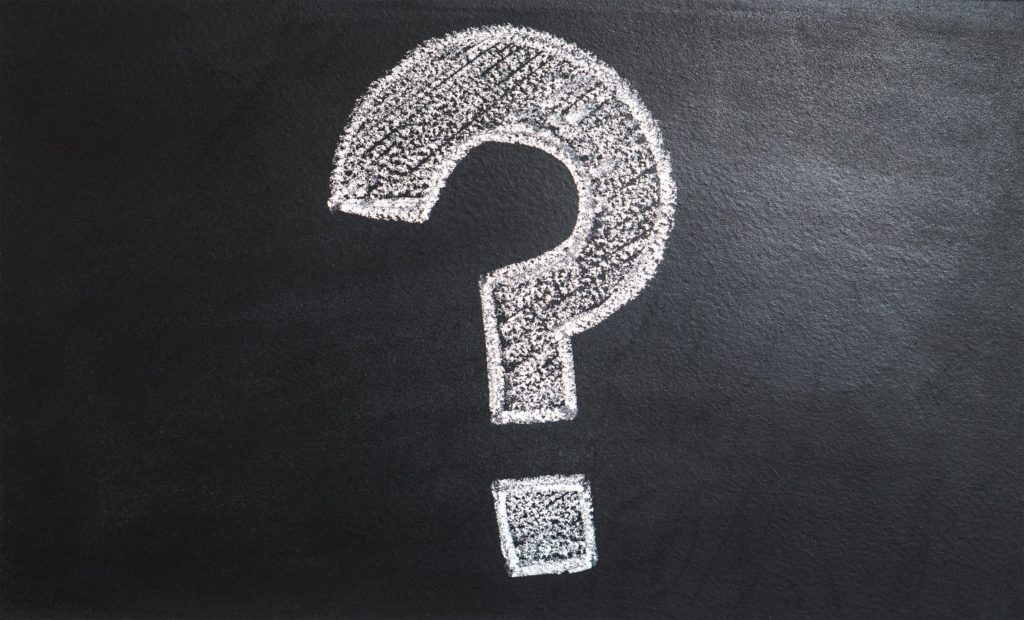Speak & Present Effectively
13 How to handle audience questions
Most audiences want to ask questions during or after your presentation. In this chapter we help you prepare for and respond to audience questions.
While it’s not always possible to anticipate exactly what might be asked, these steps can help you skilfully address audience questions.

1. Anticipate & practice
List possible questions that your audience might ask after your presentation. They might include these types of questions:
Query – wanting more information
Clarification – wanting to make something clear
Confirmation – wanting a yes or no response
Challenge – wanting to disagree / argue with what was said
Then draft answers to the questions you listed, and practise delivering your answers.
You might not have guessed the exact questions you’re asked, but the practice gives you some ready answers that are easily adapted to the questions that you do get asked.
If this is a team presentation, assign teammates to answer specific questions or types of questions. For example, in a team presentation on defunding the police, Teammate A might answer questions about the law, Teammate B about social impact, and Teammate C about retraining.
2. Encourage
Sometimes it can be scary for an audience member to ask a question. So as a presenter, it’s important to warmly encourage the audience to ask questions. Also, as presenters, we might look very serious or unfriendly, but just because we’re nervous or trying to think of a good answer to someone’s question. So make sure to warmly encourage the audience:
- Let them know that you’ll be glad to answer questions
- Smile while asking if there are questions, and while answering
- Thank the audience member for their question “Thanks for asking. I’m so glad you noticed that” or say something like “That’s a great question! I’ll be happy to answer it.“
3. Listen & repeat
It’s important to carefully listen to the question asked, and then to repeat it. There are three benefits to repeating the question:
- Ensures that you properly understood the question that was asked
- Lets all of the audience members hear the question (people behind the questioner might not have heard)
- Gives you time to think and formulate a good answer
4. Answer
The final step is to answer the question, speaking clearly and making eye contact with the whole audience. Conclude by asking the audience member “Does that answer your question?” or “Is that the information you’re looking for?”
What if you don’t know the answer?
You can say, “I’m not entirely sure, but I’d be happy to do some research and get back to you.” Be careful though – if you do this more than once or twice, you might seem ill-informed.
In an informal, collaborative meeting you could ask if anyone else has an answer.
Test your knowledge

